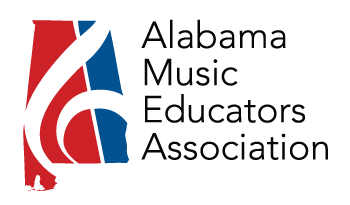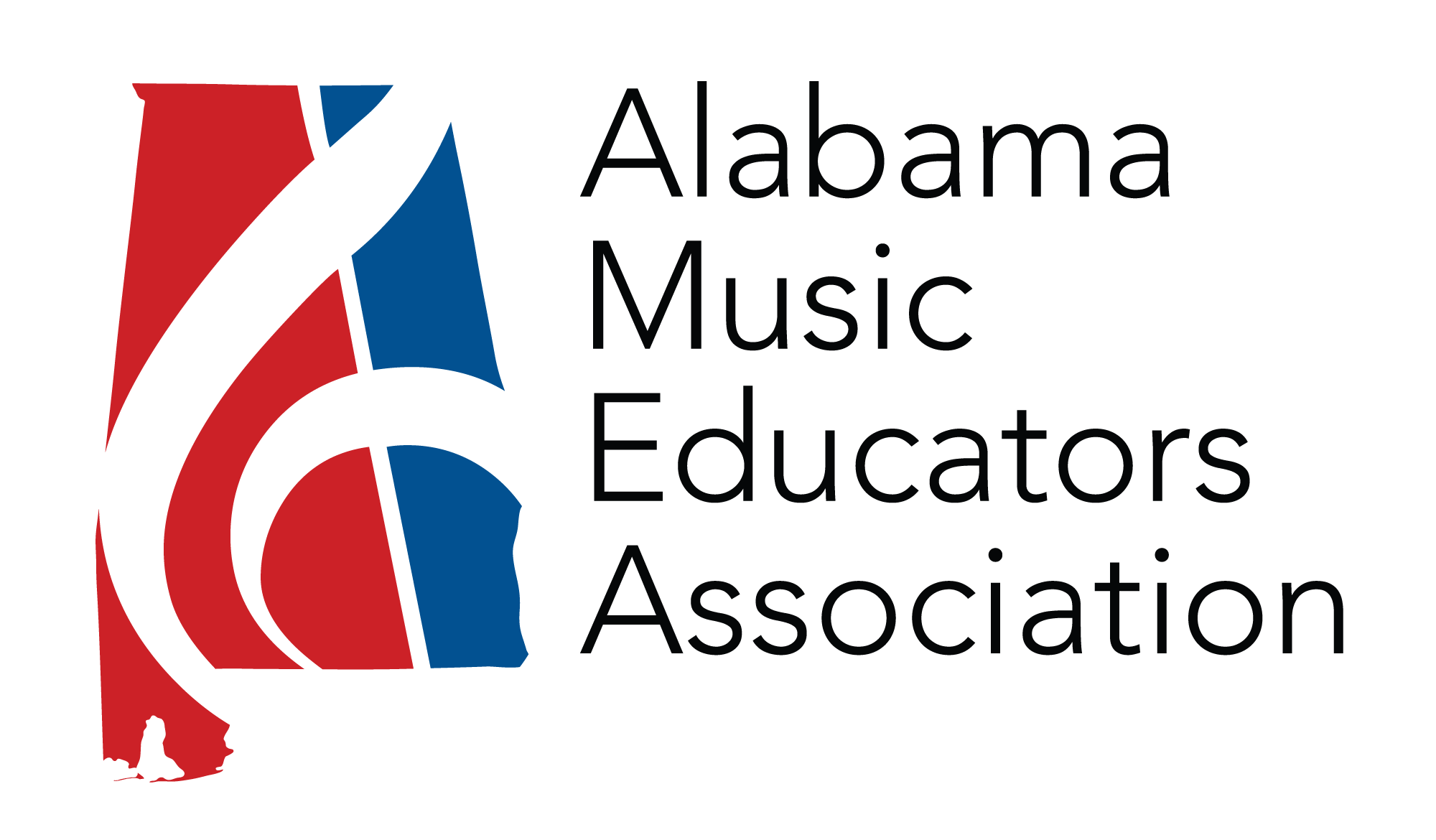As we continue to navigate our way through COVID-19 and what that means for our schools, it is important that we find ourselves equipped with the correct information to properly advocate for our arts classrooms. In order to do this, we must know the history of the United States arts legislation in public-schools. Without this information, it is nearly impossible to be able to represent ourselves and advocate for arts funding in the rapidly changing classroom. As a new school year approaches, now more than ever, we should know what legislation says about music education.
On January 8, 2002, former President George W. Bush signed the No Child Left Behind Act (NCLB) into law. This newly found education act focused heavily on standards and assessment. Subjects such as mathematics and reading were heavily stressed and brought to the forefront of schools’ curricula. With a testing centered system, many schools were labeled as “failing” under this mandate and placed under the magnifying glass of the federal eye. The goal was to move schools to a place of progress and felt that the place where change was to be made was in testing. For music educators, the question then became: Where do arts classes fit into this system?
The history of NCLB is extremely interesting when looking at how quickly states lost the power to assess their own students and determine how they define progress. This began in 1994 when The Goals 2000 was passed. This was an American education act with the plans to get the education system back on track by the year 2000. This act was the first implication of the arts as “core subjects” and really spearheaded the idea into NCLB. By 2002 when NCLB was passed into law, the arts were officially “core subjects”, but did not have the legislation to support it. Through many attempts to reauthorize NCLB, the Obama administration tried to tweak American assessment by giving control of scheduling and examination back to the individual states. Though it failed both in 2007 and 2011, the Obama administration began a redesign to give states flexibility in their own teaching. In 2013, NCLB was renewed by the House of Representatives with solely republican support, but in 2015 the Every Student Succeeds Act passes with legislation that allows music and arts education to be viewed as a valuable and important subjects to build into curriculum.
Standards were heavily affected when No Child Left Behind was passed in 2002. In general, NCLB put heavy emphasis on mathematics and reading. To many educators, this system appeared to lack balance and neglected the importance of many other subjects. NCLB also changed the way we view assessment. The act attempted to streamline examinations to assess in what areas students were failing. Legislation required that all students be proficient in both reading and mathematics but were vague in what the term “proficient” means. This major change in testing angered many educators. Some educators even accused the federal system of changing testing because changing teaching was too difficult of a task. In my opinion, teaching is something that is adaptable and dependent on the individual teacher. A good teacher is able to adapt their individual teaching to meet the needs of their classroom while assessment is something that is much less flexible. Assessment is extremely valuable when collecting data, but when looking at existing data and looking for ways to make a change, the teaching is the first thing that needs to be assessed.
With music education being deemed a “core subject”, music educators were optimistic and looking forward to the possibilities of teaching under NCLB, but through weak legislation, little change was made to ensure students were being held to appropriate standards to assess their basic musical development. This caused a great debate about the possibility of a national music assessment. While many were in favor of a streamlined music exam, others were worried about the lost qualities in a pen and paper exam. Standards and assessment of music were centered around progress and growth but did not examine important musical qualities such as communication, creativity, and critical thinking. Without these key aspects of music education, the student is merely learning to make pretty noise. This argument drove many music educators to despise NCLB and push for more control of their teaching standards and assessment in the classroom. All of this can simply be put as: music education cannot fit in the established paradigm that NCLB sets up in the American education system.
Funding was another aspect of No Child Left Behind that caused much grief in the music education classroom. Under NCLB, funding was based on adequate yearly progress. This means, that if a school does not meet certain standards during the school year, the school will begin to lose funding after one year of grace. This creates an extremely backward system where failing schools never receive the funds to improve. Instead, schools without the proper funding are found unable to adequately educate their students. While NCLB is often criticized as an underfunded mandate, the majority of funds were directed toward testing subjects such as mathematics and reading. With funds being funneled into math and reading, the arts were left to fend for themselves and come up with their own ways to keep their programs afloat. Already existing budget deficits caused arts education to be placed lower on the priority list than it already was. If a school did not meet its adequate yearly progress, there was no hope in their arts programs receiving any substantial funding. Music educators were placed in an interesting situation where they did not have the funds or time to support their classes and programs.
In 2015, thirteen years after the initial passing of No Child Left Behind, the Every Student Succeeds Act (ESSA) passed into law. This law labeled music education as part of a “well-rounded” education. Unlike NCLB, ESSA had the legislation to support itself and began making changes to give states power within their own education systems. First, states had the ability to determine how they define progress. Since not every school and location across the country is the same, it was important for states to individually define what progress means and how it is measured and assessed in the public-school system. Second, states controlled educational money within their own systems. Funding was no longer directly put into core classes but was under direction of the states as to where it should go. With the states in control, money and time were placed into the hands of music educators. The Every Student Succeeds Act gave music educators flexibility to teach music in a creative facet without fear of streamlined assessment and standards.
The No Child Left Behind Act, while good in concept, impeded music educators from doing their jobs. Not only were they held to very strict federally mandated standards, but they were forced to face budget and scheduling problems head-on. Under the Every Student Succeeds Act, music educators are put in a much better position to teach and encourage creativity. As we all know, music education is a place within a school that fosters creativity; therefore, it cannot be strictly confined to checking off standard boxes. Especially as we find ourselves advocating our way through a global pandemic, it is pertinent that we understand the history of the United States public-school music education legislation. The more we know, the better equipped we are to advocate to local, state, and national officials to keep arts funding in our classrooms. Through ESSA, the arts are guaranteed a place in the public-school classroom and it is our duty as educators to keep it there.
Sources
Beveridge, T. (2009). No Child Left Behind and Fine Arts Classes. Arts Education Policy Review, 111(1), 4– 7. doi: 10.1080/10632910903228090
Elpus, K. (2014). Evaluating the Effect of No Child Left Behind on U.S. Music Course Enrollments. Journal of Research in Music Education, 62(3), 215–233. doi: 10.1177/0022429414530759
Gilbert, A. D. (2016). The Framework for 21st Century Learning: A first-rate foundation for music education assessment and teacher evaluation. Arts Education Policy Review, 117(1), 13–18. doi: 10.1080/10632913.2014.966285
Kos, R. P. (2017). Music education and the well-rounded education provision of the Every Student Succeeds Act: A critical policy analysis. Arts Education Policy Review, 119(4), 204–216. doi: 10.1080/10632913.2017.1327383
Klein, A. (2018, October 25). No Child Left Behind Overview: Definitions, Requirements, Criticisms, and More. Retrieved from https://www.edweek.org/ew/section/multimedia/no-child-left-behind-overview- definition-summary.html.
Team, U. (2019, October 17). The Difference Between the Every Student Succeeds Act and No Child Left Behind. Retrieved from https://www.understood.org/en/school-learning/your-childs-rights/basics-about- childs-rights/the-difference-between-the-every-student-succeeds-act-and-no-child-left-behind.


